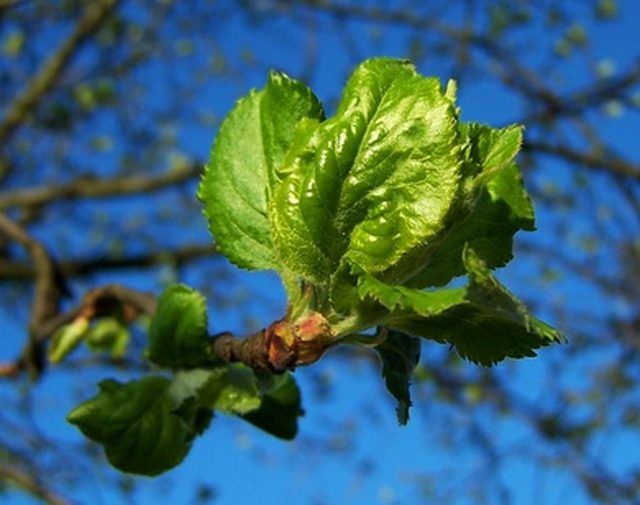Bulbs
Flower Basics
Flower Beds & Specialty Gardens
Flower Garden
Garden Furniture
Garden Gnomes
Garden Seeds
Garden Sheds
Garden Statues
Garden Tools & Supplies
Gardening Basics
Green & Organic
Groundcovers & Vines
Growing Annuals
Growing Basil
Growing Beans
Growing Berries
Growing Blueberries
Growing Cactus
Growing Corn
Growing Cotton
Growing Edibles
Growing Flowers
Growing Garlic
Growing Grapes
Growing Grass
Growing Herbs
Growing Jasmine
Growing Mint
Growing Mushrooms
Orchids
Growing Peanuts
Growing Perennials
Growing Plants
Growing Rosemary
Growing Roses
Growing Strawberries
Growing Sunflowers
Growing Thyme
Growing Tomatoes
Growing Tulips
Growing Vegetables
Herb Basics
Herb Garden
Indoor Growing
Landscaping Basics
Landscaping Patios
Landscaping Plants
Landscaping Shrubs
Landscaping Trees
Landscaping Walks & Pathways
Lawn Basics
Lawn Maintenance
Lawn Mowers
Lawn Ornaments
Lawn Planting
Lawn Tools
Outdoor Growing
Overall Landscape Planning
Pests, Weeds & Problems
Plant Basics
Rock Garden
Rose Garden
Shrubs
Soil
Specialty Gardens
Trees
Vegetable Garden
Yard Maintenance
How to Root Fruit Tree Cuttings
How to Root Fruit Tree Cuttings. Few things are more profoundly satisfying than picking fruit from your own tree. Growing fruit trees is not hard, but propagating them can be. It's best to take softwood cuttings in the spring, but even then many fruit tree cuttings will refuse to put down roots. It's not impossible, though. Follow a few basic...

Few things are more profoundly satisfying than picking fruit from your own tree. Growing fruit trees is not hard, but propagating them can be. It's best to take softwood cuttings in the spring, but even then many fruit tree cuttings will refuse to put down roots. It's not impossible, though. Follow a few basic techniques and keep your fingers crossed, and you may be one of the lucky ones.
Things You'll Need
Small pots
Vermiculite
Shears
Water
Rooting hormone
Lightweight plastic bags, such as grocery-store produce bags
Twist ties
Plant warming pad (optional)s
Fill your small pots with vermiculite. Water it until it is damp, but not soaked.
Cut a piece of new growth -- called "softwood" -- from your healthy fruit tree. Take a cutting that is 6 to 12 inches long, with at least three leaves on it. Remove any blossoms or fruit from the cutting. Take several cuttings to increase your chances of getting one to root.
Make a diagonal cut at the bottom of each cutting, right underneath the node where the lowest leaf is growing out of the main stem. Dip the cut end into water, then into your rooting hormone. Do not shake off any excess.
Poke holes in the damp vermiculite with your finger. Set the coated ends of your cutting stems into the holes. Lightly pack the vermiculite around the stems to support them
Place the pot in a large plastic bag. Secure the top with a twist tie. Do not let the plastic touch the cutting.
Put your pots in a warm spot that gets plenty of indirect sunlight. Do not put them in full sun, or the heat may dry them out. You also can place the pots on a plant warming pad to encourage rooting.
Look at your plants every few days to make sure that vermiculite is not drying out. Avoid opening the plastic bags unless it is obvious that the cuttings need water.
Check for visible roots after two weeks. Once you can see them, remove the plastic and water the cuttings. Plant them outdoors once all threat of frost has passed.
Tips & Warnings
You can find vermiculite at any nursery or garden center.
Give up after four weeks. If you don't see roots by then, you aren't going to.